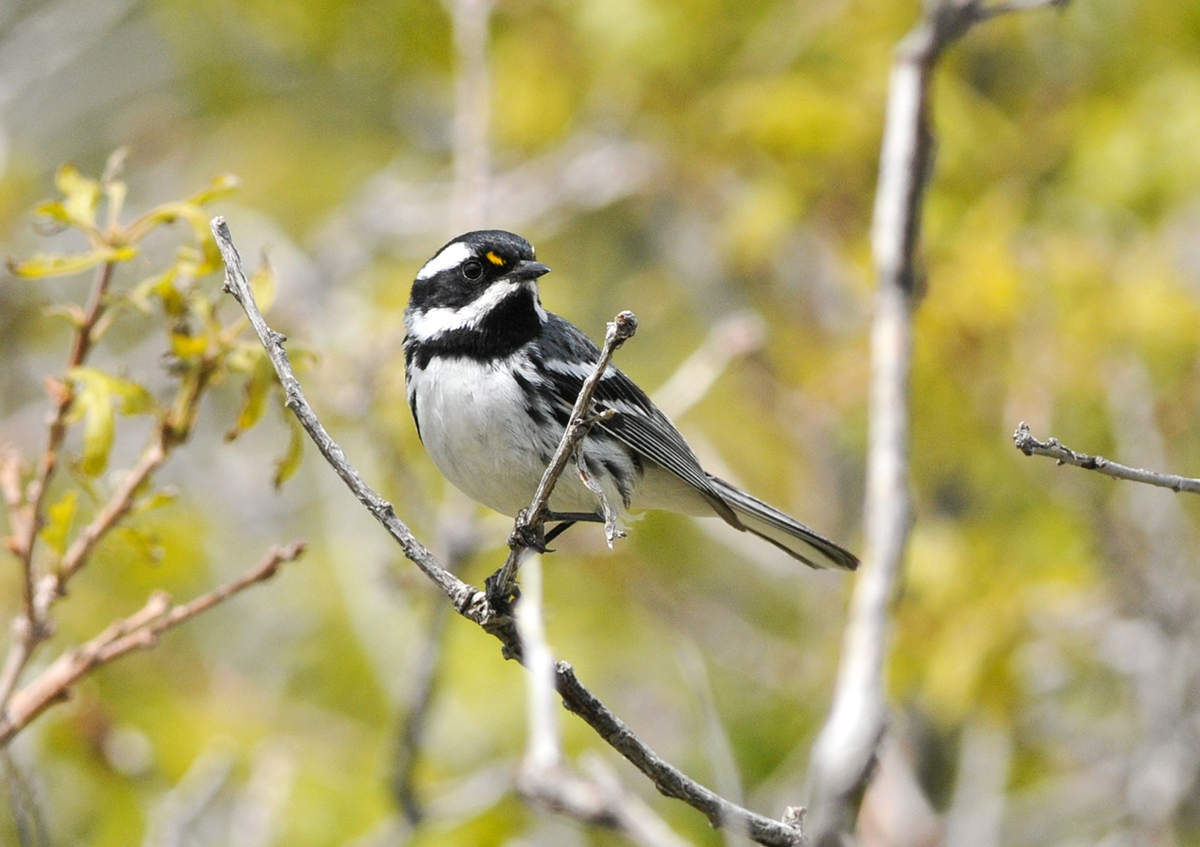By William DeLuca
Linked Paper: The Colorado River Delta and California’s Central Valley are critical regions for many migrating North American landbirds, by William V. DeLuca, Tim Meehan, Nat Seavy, Andrea Jones, Jennifer Pitt, Jill L. Deppe, and Chad B. Wilsey, Ornithological Applications.
The Colorado River Delta and California’s Central Valley are iconic features of the American West. Both landscapes are important for many migrating waterbirds like Long-billed Curlew, Snow Goose, and Whimbrel. Surprisingly, though, we know less about their importance to migrating landbirds like Tree Swallows and Black-throated Gray Warblers. What if we had the ability to measure the percent of a bird’s population that uses these sites during migration? What if we knew that approximately 60 percent of all the Tree Swallows that breed in North America migrated through California’s Central Valley? That would surely be a powerful message to further justify conservation resources to these regions.
Thanks to the products developed by Cornell Lab of Ornithology’s eBird Status and Trends team, the millions of records submitted by community scientists across the hemisphere and throughout the year are now being used to generate detailed abundance maps for just about every bird in North America. Not only is this information available for each species, but there is also a specific measure of abundance for every ~3km pixel across the hemisphere and for each week of the year! This information is revolutionizing ornithology and our ability to ask questions we never thought possible just 10 years ago. In addition, PIF and the Bird Conservancy of the Rockies have developed population estimates for each bird that breeds in North America.
For our research, we combined this powerful information to ask two important questions for 112 landbirds that use the Colorado River Delta and Central Valley during migration. First, what proportion of each bird’s breeding population uses each region during fall and spring migration? Second, are these species spatially concentrated in each region during migration? That is to say, to what extent are the Colorado River Delta and the Central Valley acting as migratory bottlenecks?
The answers to these questions were quite astounding. We found that, across all 112 species, around 17 million birds used the Colorado River Delta during spring migration and that at least 65 million use the Central Valley during fall migration. Approximately 59 percent of the breeding Tree Swallow population uses the Central Valley during fall migration and approximately five percent of the breeding Black-throated Gray Warbler population uses the Colorado River Delta during fall migration. We also found that if we consider all the weeks during migration, across all the species, their abundance was concentrated in the study regions when compared to areas of similar latitude, ranging from the Pacific Ocean to the Continental Divide, supporting the notion that the Colorado River Delta and Central Valley are migratory bottlenecks.
Our results help to put conservation and restoration efforts in the Central Valley and the Colorado River Delta into a broader context of migratory flyways. While we often focus on the importance of restoration to protect breeding habitat for threatened species (such as Tricolored Blackbirds, Yellow-billed Magpies, or Willow Flycatchers), these efforts are also profoundly important to support migratory birds as they move between their breeding and wintering grounds. Thus, restoring habitat and managing water in the Central Valley and the Colorado River Delta aren’t just important for locally breeding birds, they are important for the common migratory birds that people enjoy in their backyards and parks up and down the flyway.
Many North American landbirds are declining at alarming rates but there is something everyone can do to reverse these trends. Additionally, for migratory birds, we need to know the places that they depend on throughout the year. Audubon’s Migratory Bird Initiative is working with migration researchers to use the best available science to help steer conservation efforts in the right directions. For many species, migration is particularly important and can determine whether populations increase or decline. This research shows that the Colorado River Delta and the Central Valley are important to many North American landbirds at the population level, further solidifying the Colorado River Delta and California’s Central Valley in the landscape of the American West as truly remarkable gems for wildlife.

The importance of migration stopover habitat is at the core of the Western Hemisphere Shorebird Reserve Network (WHSRN). WHSRN is a good model for enlisting widely separated locations in a common, conservation-oriented network, and short of having regulatory authority, has been very successful at many locations in growing awareness and local conservation support.
The link to this paper (https://doi.org/10.1093/ornithapp/duaa064), broadcast via email by AOS, does not work.
Robert, Thank you. Yes, we are aware of this problem. We’ve updated the link in the blog post and are looking into the issue. The article can be reached at this link: https://academic.oup.com/condor/advance-article/doi/10.1093/ornithapp/duaa064/6119082?searchresult=1